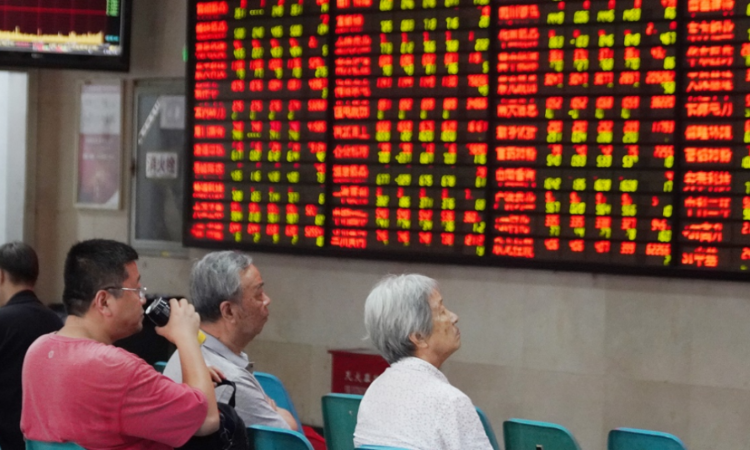
The Ministry of Finance on Sunday said it would halve the stamp duty charged on A-share stock trades to 0.05%, the first such reduction in 15 years. The CSRC stock market regulator also vowed to slow the pace of IPOs, regulate major shareholder stake sales, and ease margin trading rules. On Friday, the Chinese central bank expanded the ranks of “first-time homebuyers.” Previously, a number of cities (mainly tier-1 cities) classified individuals who had a mortgage loan record (even if it was fully repaid subsequently and does not own a property currently) as second-time homebuyers, and hence subject to a higher downpayment ratio. Local governments are now allowed to discard that restriction.
The onshore CSI 300 and offshore Hang Seng China Enterprise index climbed as high as 5.5% and 4.1%, respectively, before easing back to a more modest +1.2% close for each. Still, we see reason for optimism in the latest developments:
Capital market measures like stamp duty cuts can help boost sentiment and activity. While the Monday gains were more modest, the reduction in stamp duties should serve to boost domestic liquidity and encourage more transactions. This has taken on new importance as activity has slowed, with Shanghai and Shenzhen turnover down some 47% from its post-pandemic peak in mid-2021, according to UBS estimates. With six examples of stamp duty cuts for A-shares in the past, all were correlated with positive returns over the subsequent five trading days. Tighter control on new IPOs and restrictions on some large stakeholder sales will also benefit liquidity. However, international investors should bear in mind a similar cut in the offshore Hong Kong market to match the A-share stamp duty reduction would require an act of legislation.
China’s broader package of response measures is starting to take shape. This latest round of measures adds to a growing list of steps from China in recent weeks on the fiscal, monetary, and property front. Following several rate adjustments, we anticipate 1–2 more reserve requirement ratio cuts and 10–20bps in additional medium-term lending facility cuts into year-end. We anticipate more property-focused assistance, such as further easing of home purchase restrictions in select cities (especially top-tier cities), lowering down payments, allowing refinancing, or providing funding support for distressed developers, any of which would help rebuild investor and consumer confidence in the recovery. If policy measures continue to be unveiled in the coming weeks, the market narrative may shift from “too little, too late” to a more confident stance as policymakers regain credibility.
Investors can position for both earnings resilience and potential stimulus beneficiaries. As we start to see more detail on policy support, we think investors can position in defensive pockets of resilience and in stocks that can benefit from a recovery in consumption. For example, online gaming and advertising companies offer more defensive characteristics compared to the broader internet sector in China. This is due to resilient cash flows and lower geopolitical exposure, offering a relative haven if the consumption recovery in China continues to underwhelm. The utilities sector and companies declaring steady or growing dividends also offer defensive support. On the other hand, a scenario where more consumption-oriented stimulus is rolled out could boost e-commerce companies’ revenues, driving a rerating for stocks in this segment, which are currently trading around 13.4 times price-to-earnings—a roughly 1.7 standard deviation below the historical average. The overall consumer discretionary and material sectors would also benefit from a more proactive boost to consumption.
So, with supportive policy now tracking closer to our base case scenario, we keep our most preferred stance on emerging market equities within our global strategy and on Chinese equities in our Asia strategy. Property measures are welcome, but we remain cautions on property developers’ stocks and on high-yielding China property bonds. More convincing stimulus would be a tailwind for the yuan, but near-term dollar strength is the bigger driver now, with USDCNY set to trade near 7.4 by end-December. Alongside our constructive view on Chinese equities, we remain most preferred
Main contributors – Solita Marcelli, Mark Haefele, Brian Rose, Vincent Heaney, Jon Gordon
Original report – China stocks rally on stamp duty cut, 28 August 2023.






